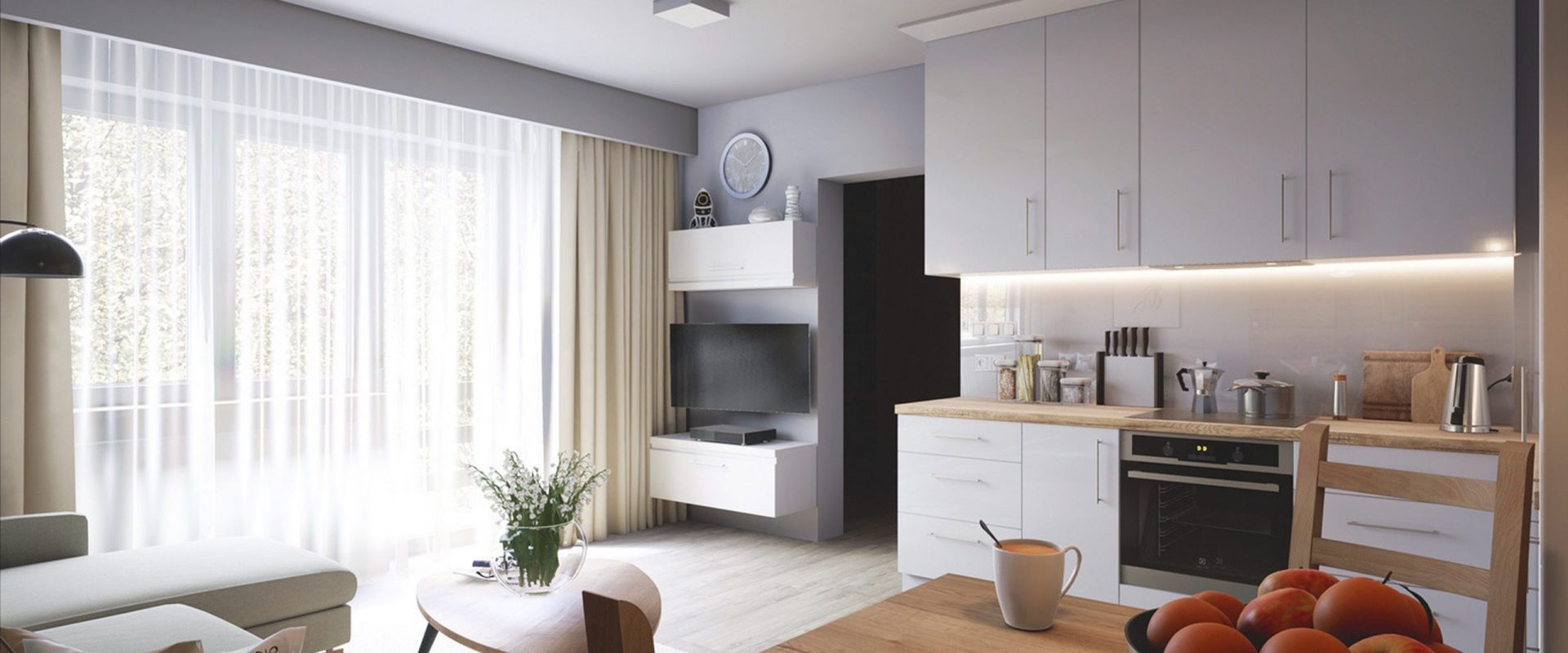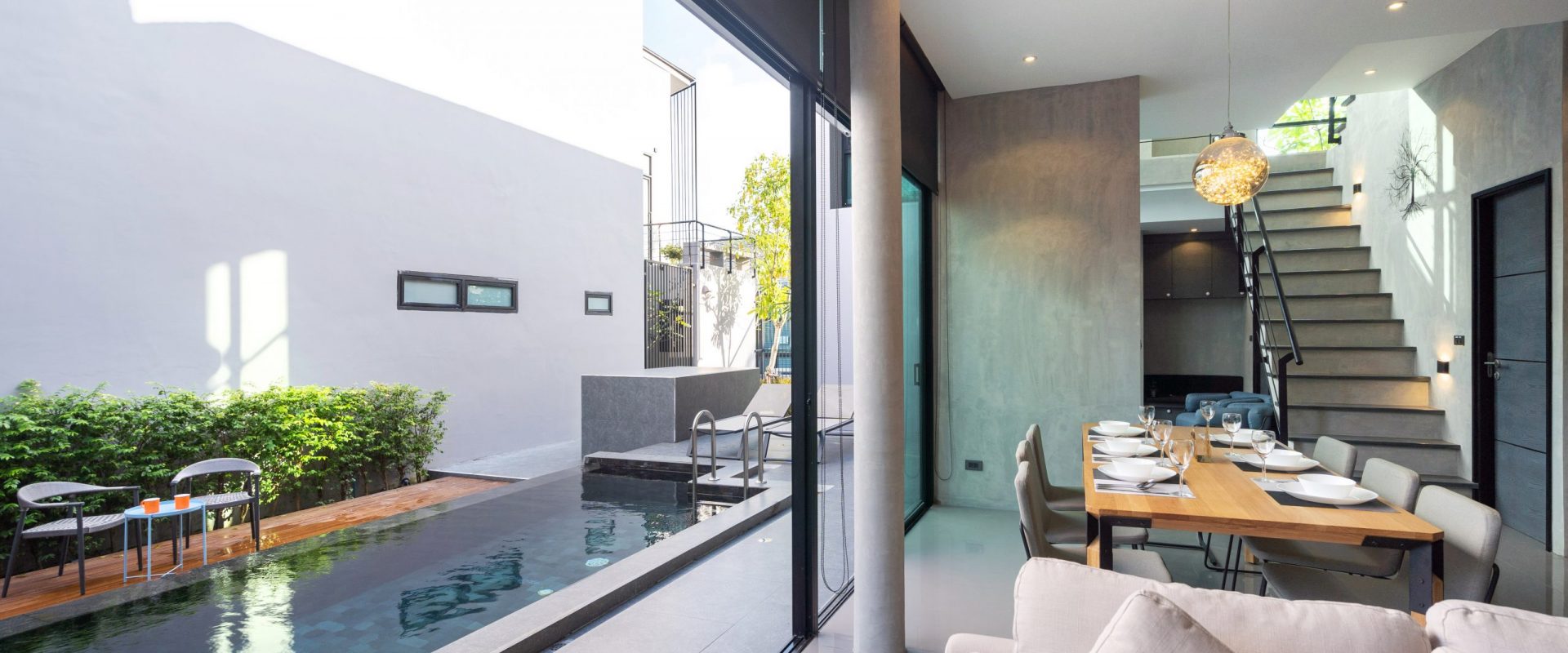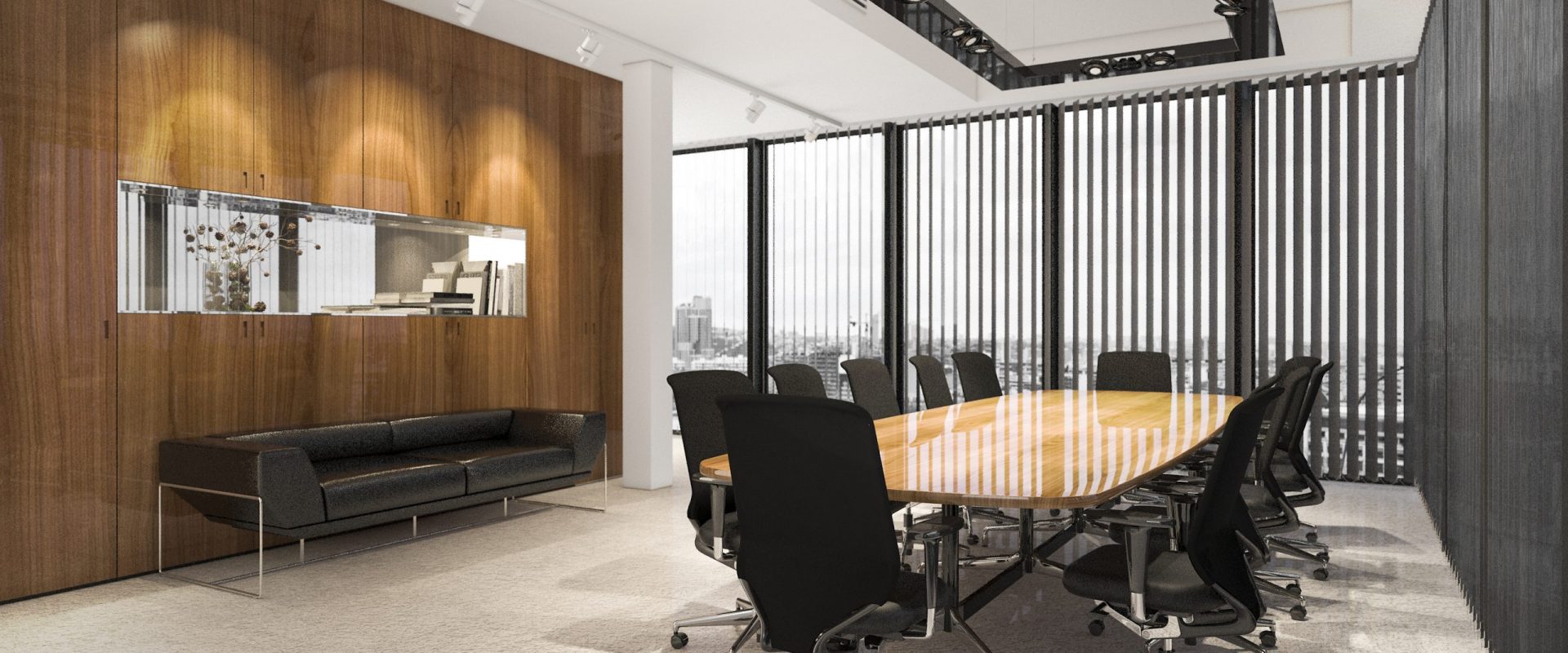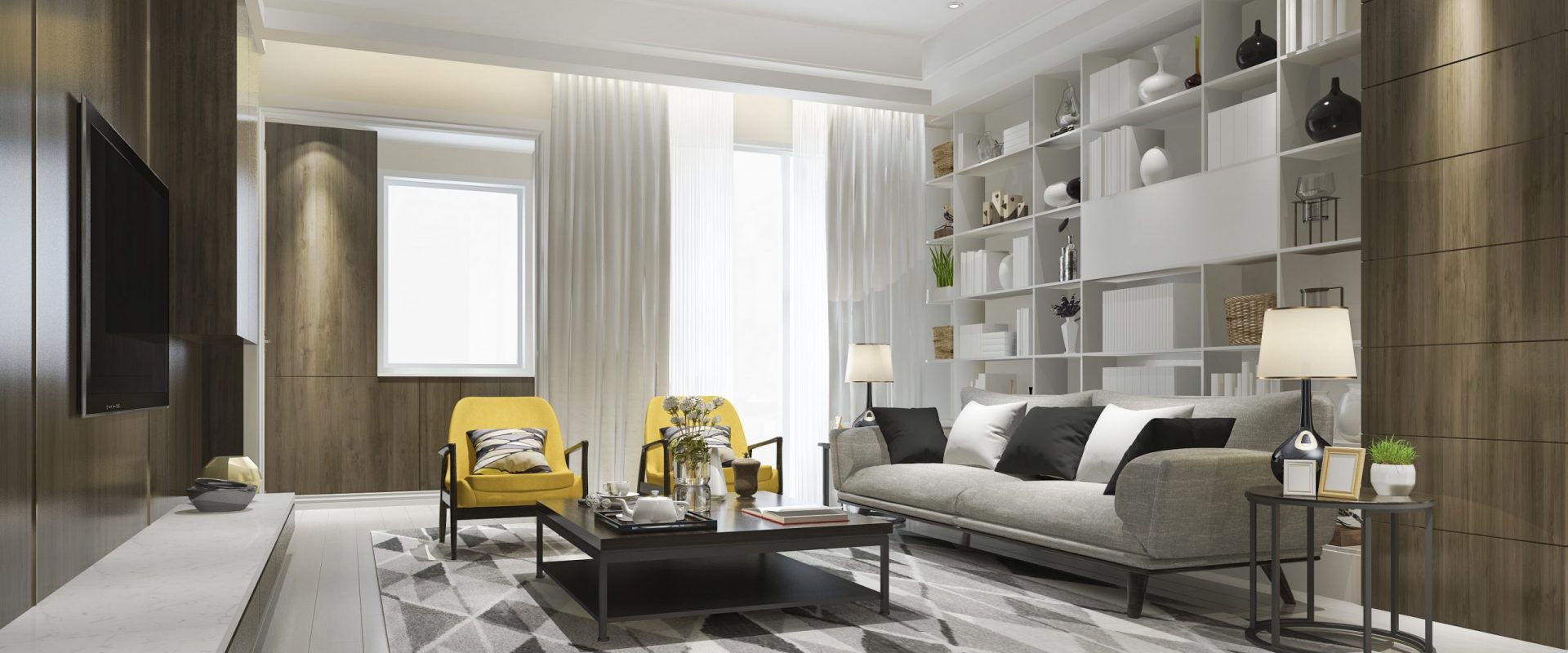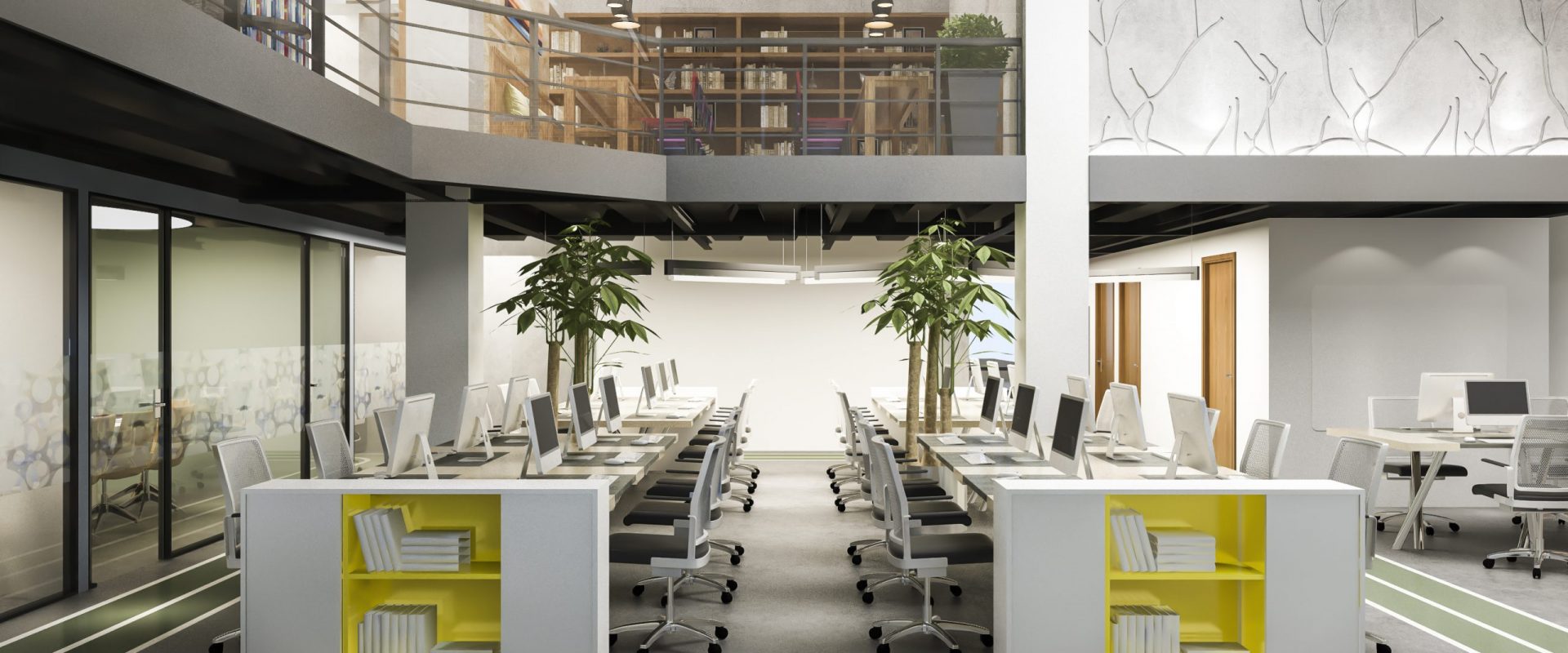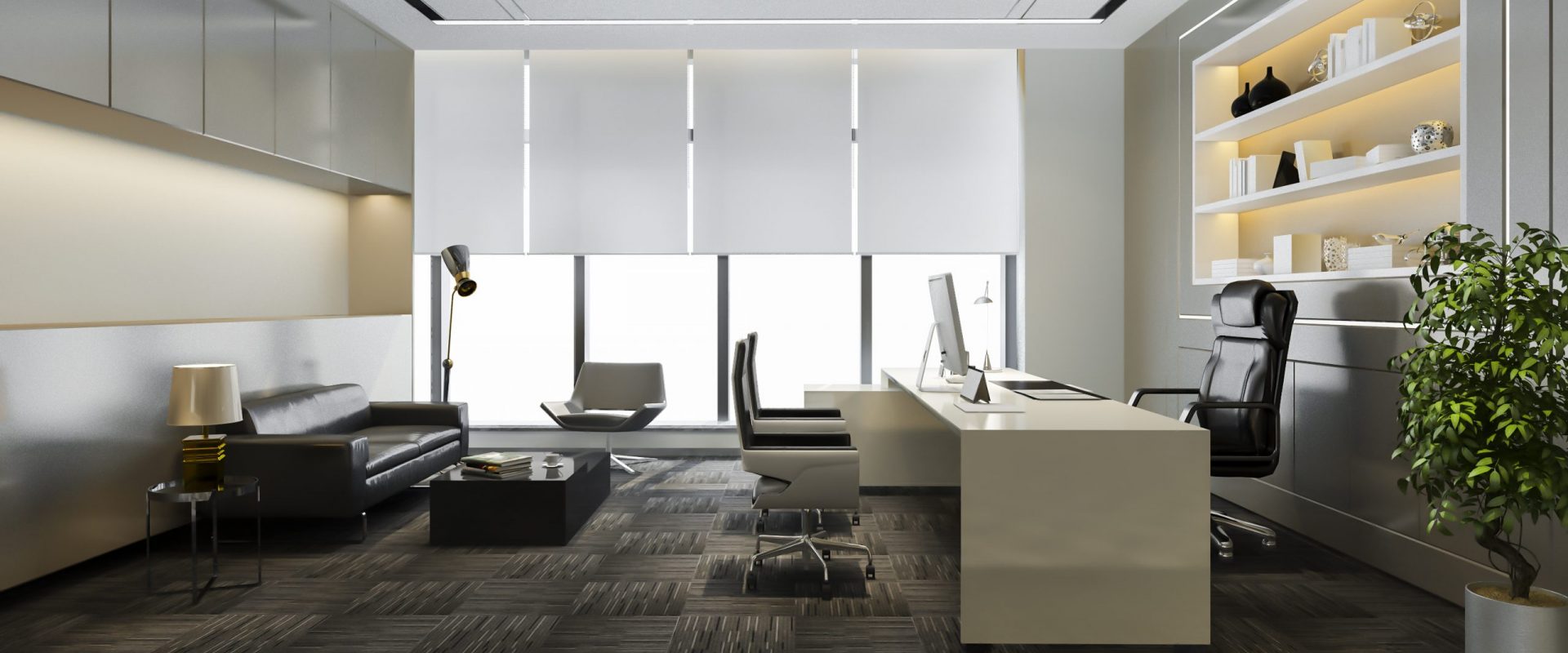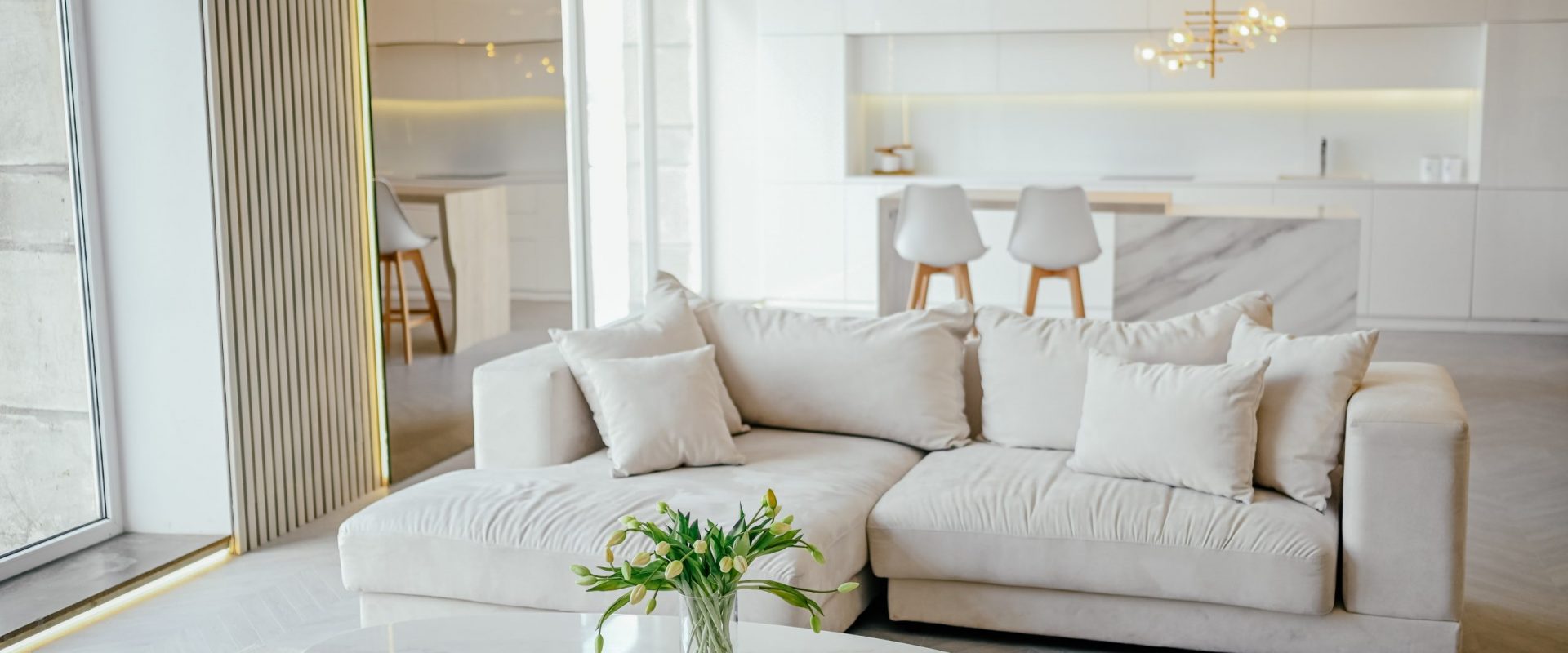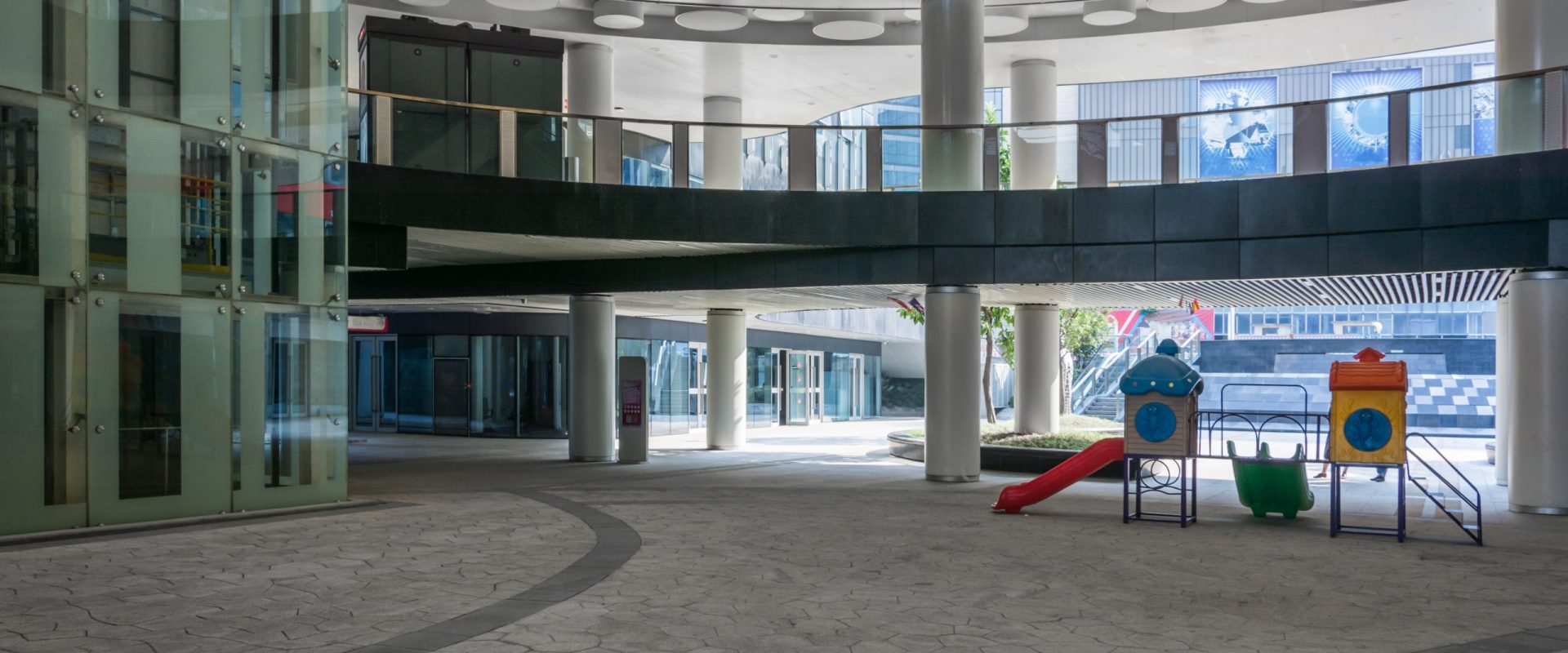INTERIOR DESIGN
What is interior design?
Designing a space means shaping the experience that a person will have inside it. An experience that will also affect their life and, of course, their mood. Interior design is a project that defines how a space will function, how it will look, and how it will appeal to the senses. It should fit the needs, cultures and lifestyle of those that inhabit it.
Comfort
Comfort ranges from the aesthetics of the space, the aroma of the environment, the breeze that enters through the window, and the temperature felt when entering, to its accessibility and application of technologies or passive strategies to facilitate and improve the quality of life of the inhabitant. How is the space visually perceived when inhabiting it? Its color, brightness, depth, and height will determine if it is detected as cozy, safe, stimulating, peaceful, flexible, or just the opposite. Is it acoustically comfortable? Adequate acoustic treatment will allow you to talk with others without having to raise your voice, or listen to a speech in an auditorium without straining your ears. Is it too hot or extremely cold? Comfortable temperatures could be between 20 and 25 degrees Celsius, while excess cold or heat is not only annoying but also encourages the incubation of different diseases. Does the ventilation keep the indoor air as clean and healthy as possible? Bad odors, mites, fungi, and other material compounds are toxic to human health.
Layout
In order to develop a good layout, the interior designer must, of course, consider accessibility standards, fire escape routes, and minimum dimensions for rooms. There is a vast amount of literature delineating the appropriate dimensions for each type of space use. With cities growing increasingly dense and properties increasingly expensive, however, micro-apartments and tiny houses are beginning to defy these minimum standards, showing that the rules can be carefully broken. The most essential thing to understand is therefore the needs of the space and its user in order to propose functional and appropriate layouts for each different scenario.
Furniture
Whether fixed or mobile, furniture directly influences the quality of any interior project. It is the designer's job to ensure that the choices specified in the project will favor the routine functioning of the space, making sure that they will not harm elementary concerns such as circulation.
Materials & Coatings
Along the same lines, not all finishing materials are equivalent. Although the choice is normally governed by factors such as aesthetics, function, and cost, it is important to also consider the composition of each material and the effect that this could have on the environment throughout its useful life. Today, in most markets, the supply of finishing materials is wide and diverse, allowing us to evaluate factors such as their origin, durability, recyclability, and hygienic or environmental properties that are not unrelated to the future comfort of the space to be designed.

